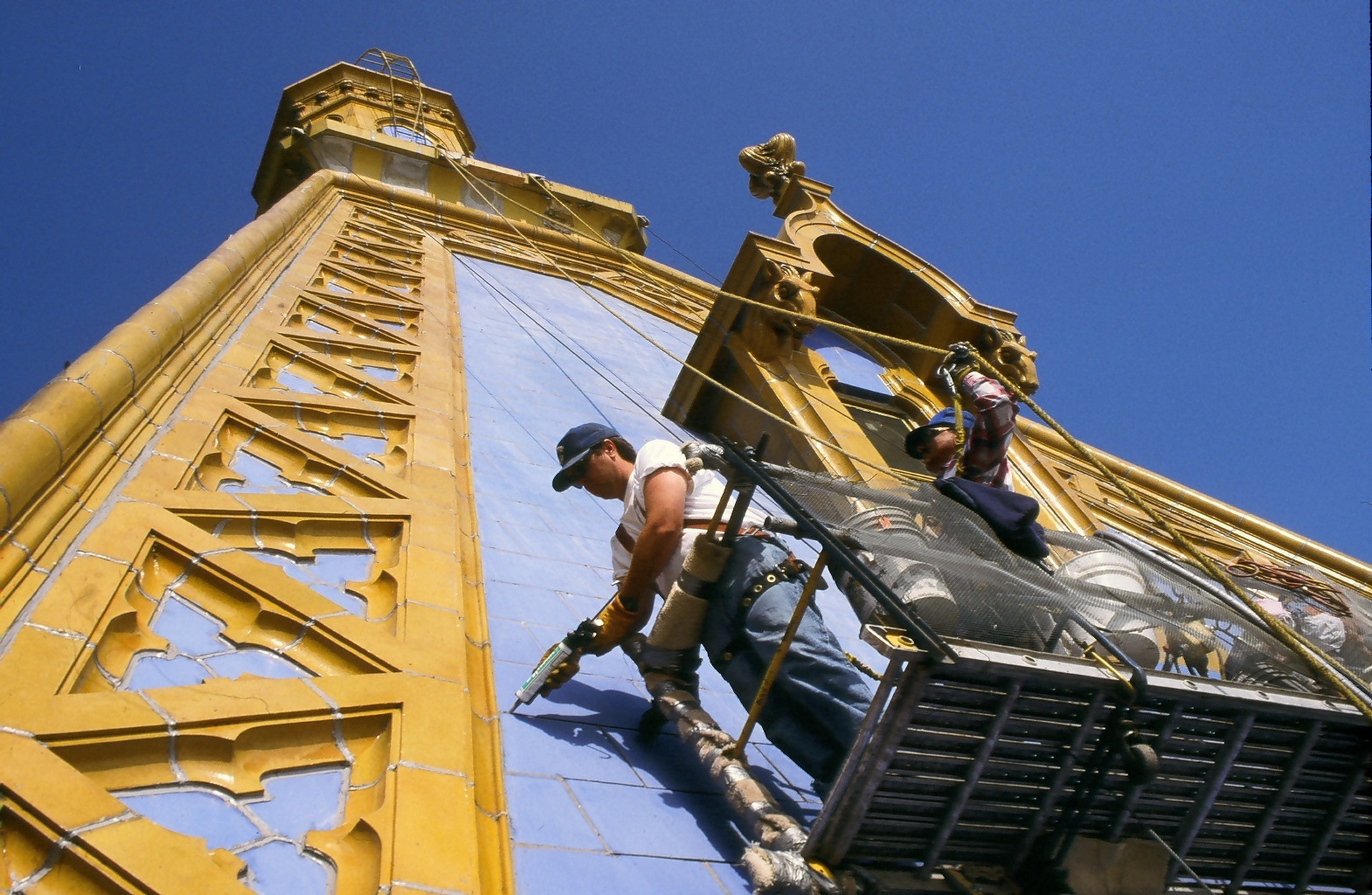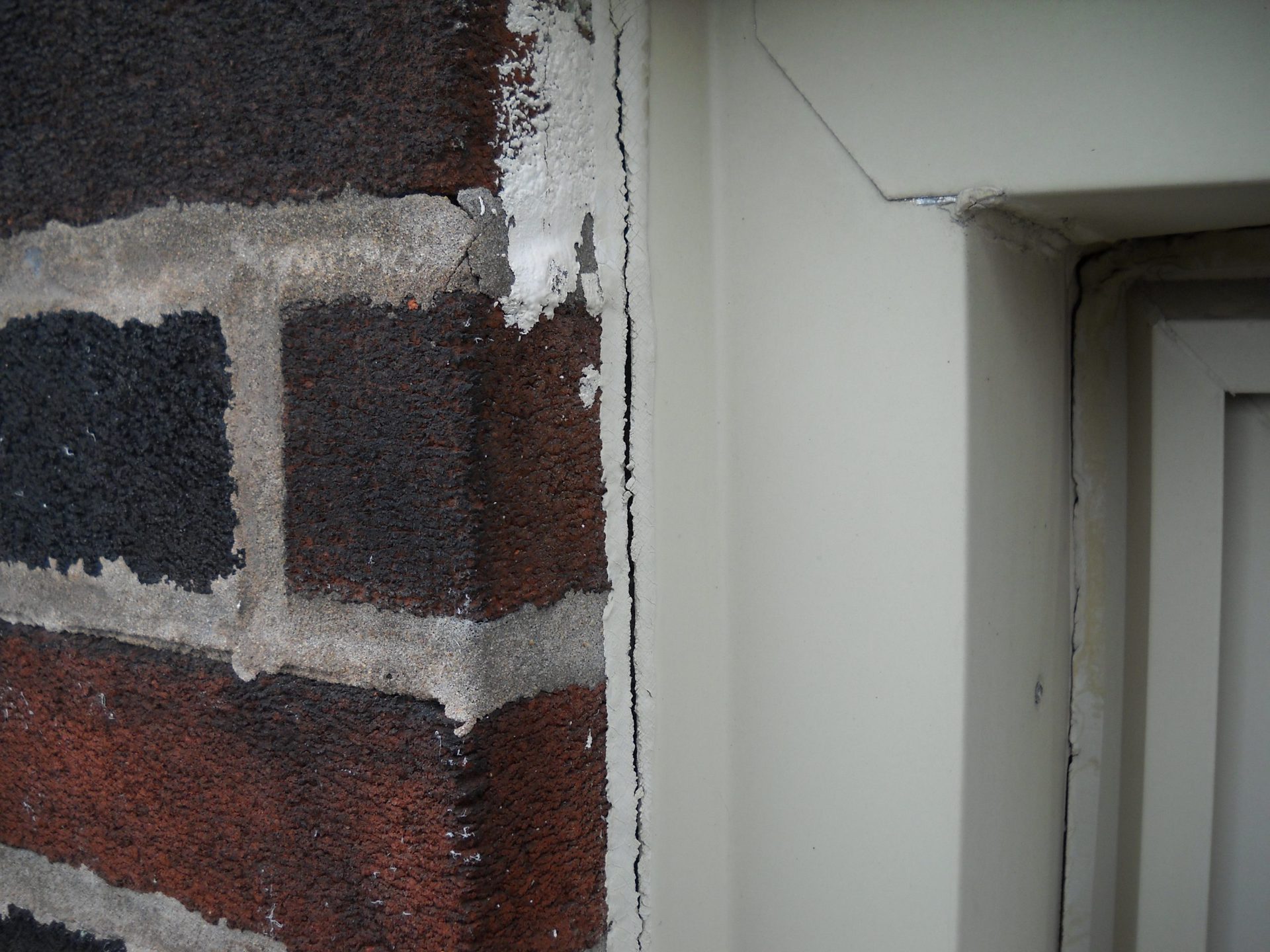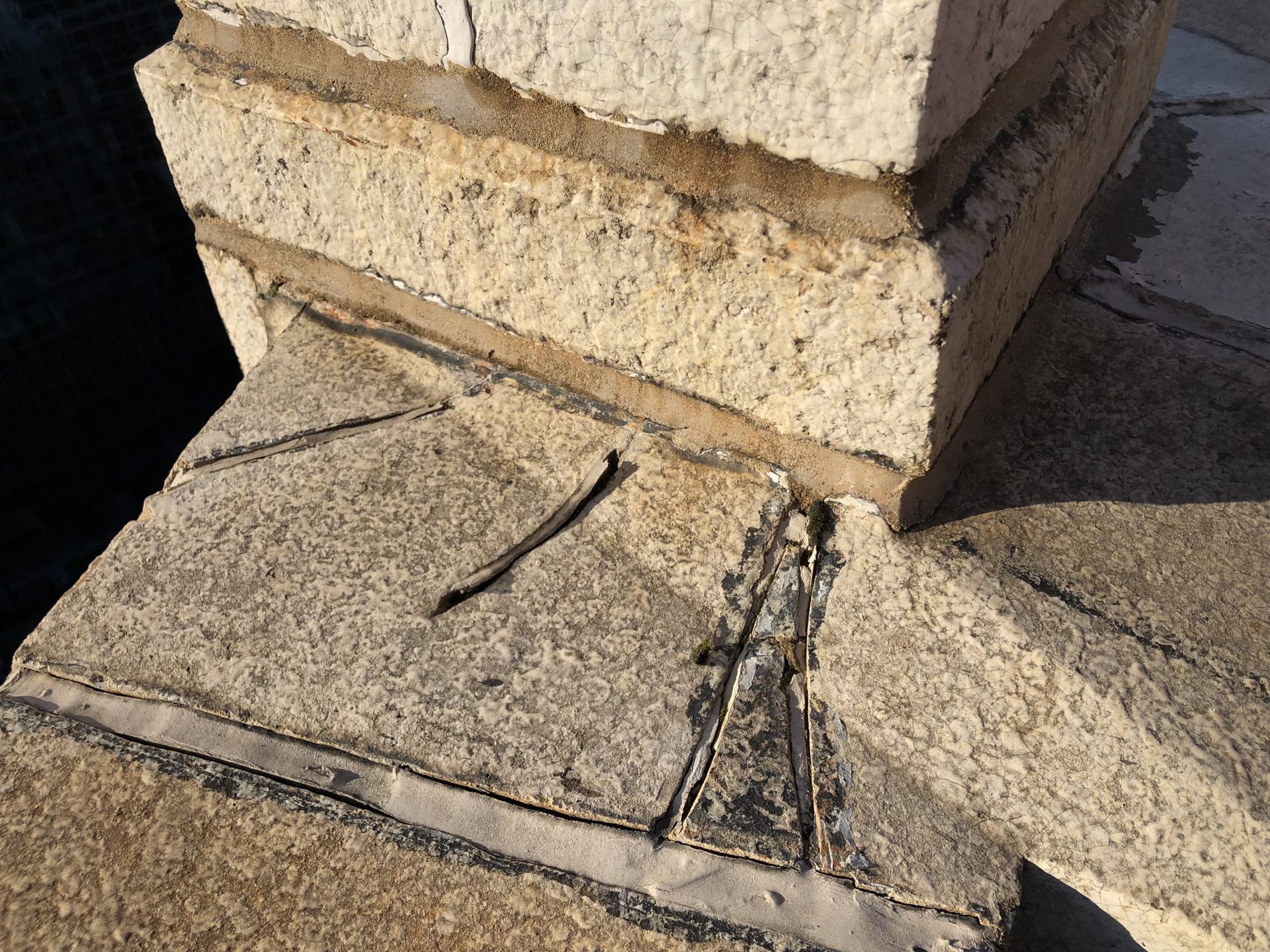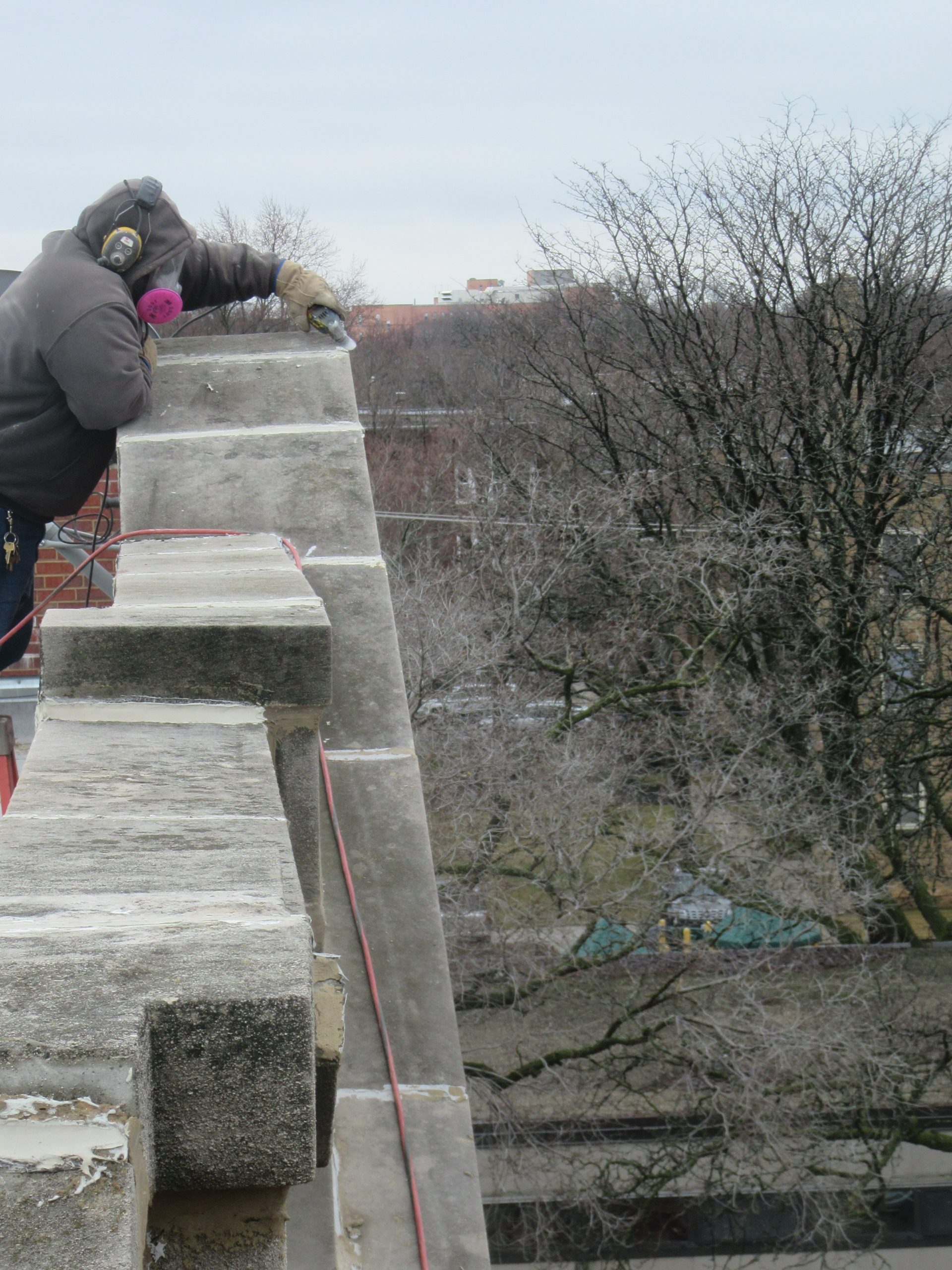Caulking is an age old technique, originally used in ship building, to inhibit water penetration between hard-surfaced construction materials. An appropriate caulk or sealant must be water-tight, pliable and bond securely to the hard surface. The degree of elasticity will vary with its molecular composition.
These requirements became more demanding as the facades of modern construction incorporated materials such as aluminum, steel and artificial compositions with molecular characteristics that included greater coefficients of expansion and slicker surfaces than masonry walls with wood window framing. To meet the need, manufacturers began to develop caulking materials, or sealants, having greater elastomer and adhesive qualities than the age-old oil-based caulking materials. Yet, failures were frequent as the new sealants were often incapable of bridging the joint that enlarged as the metal window frame contracted from cold.
Central Building & Preservation was at the forefront of informed sealant materials applications. From the earliest use of construction sealants in the 1960’s, our company conducted its own shop tests and in situ observations in order to select the highest performing materials for use in their clients’ buildings. That care in materials selection and application continues to the present day.

Caulking and Sealing Gallery
 Improved elastomer and adhesive qualities broadened the use of modern sealants and enabled more durable applications.
Improved elastomer and adhesive qualities broadened the use of modern sealants and enabled more durable applications. Over time, caulk can separate which can make a building vulnerable to the elements.
Over time, caulk can separate which can make a building vulnerable to the elements. Caulk separating from parapet pieces as well as debonding from ground out cracks. Given their direct exposure to the elements, coping joints which “face the sky” require ongoing maintenance and renewal.
Caulk separating from parapet pieces as well as debonding from ground out cracks. Given their direct exposure to the elements, coping joints which “face the sky” require ongoing maintenance and renewal. A tradesman removes existing caulk from a parapet prior to replacement.
A tradesman removes existing caulk from a parapet prior to replacement.

